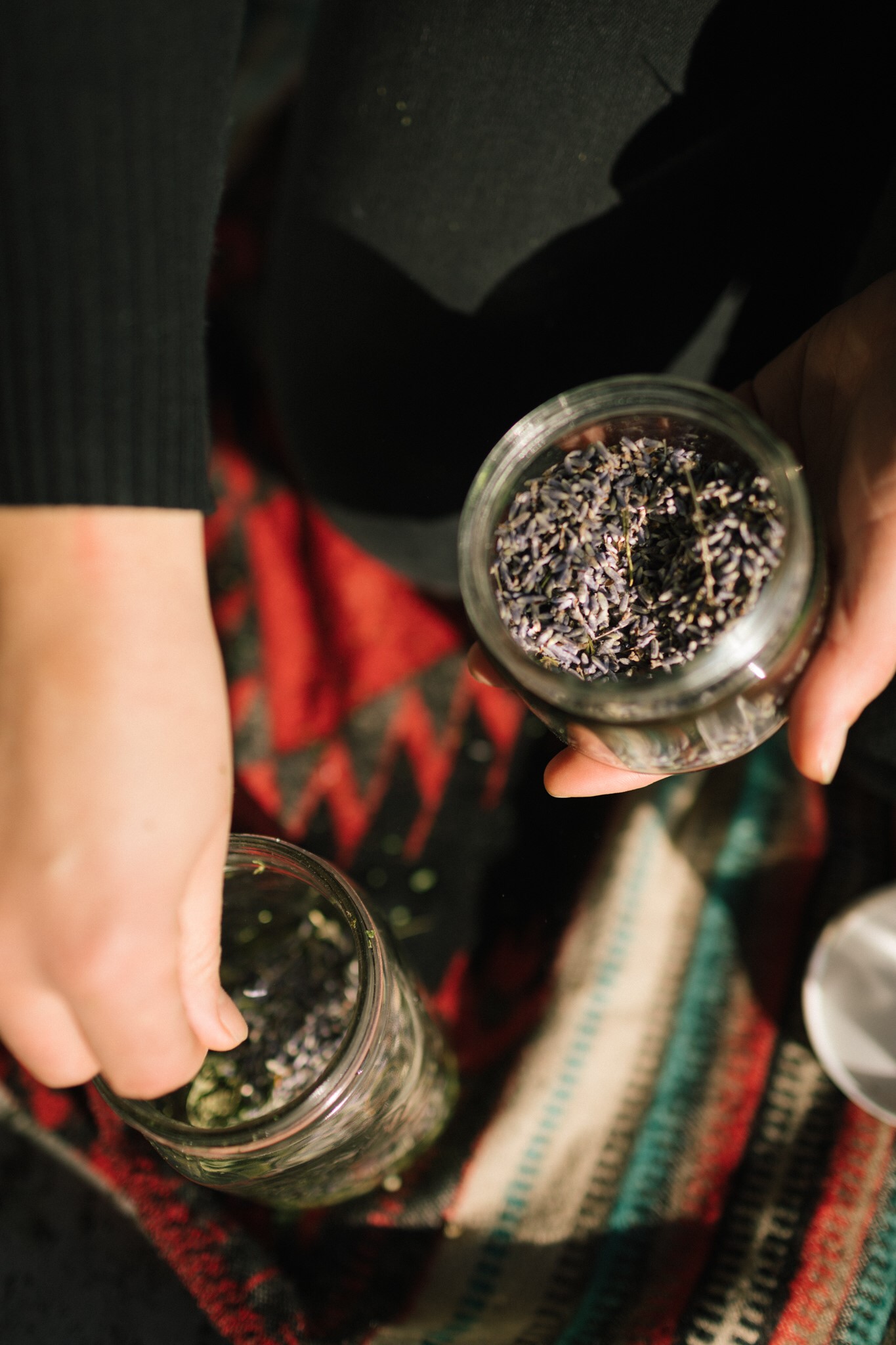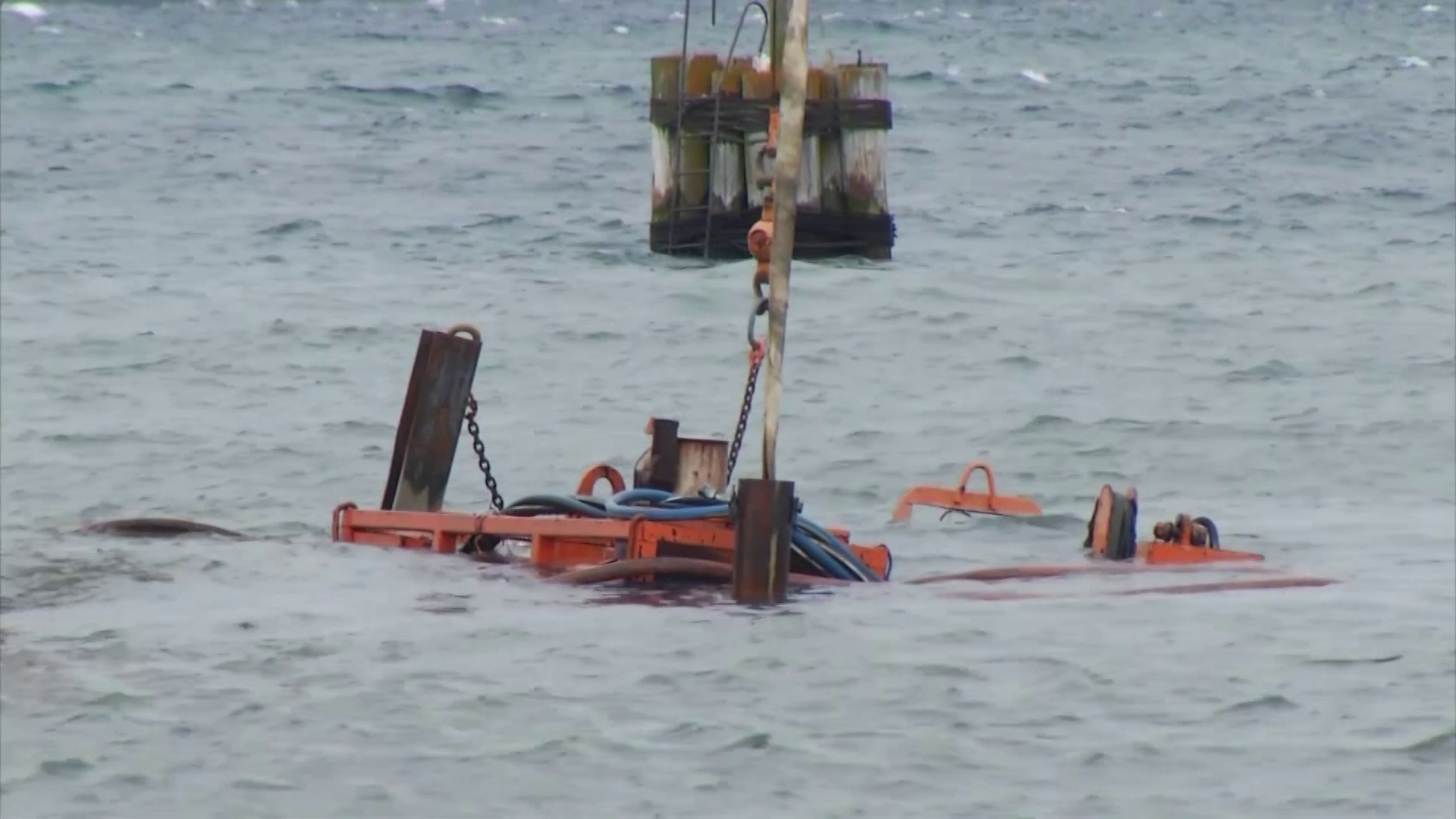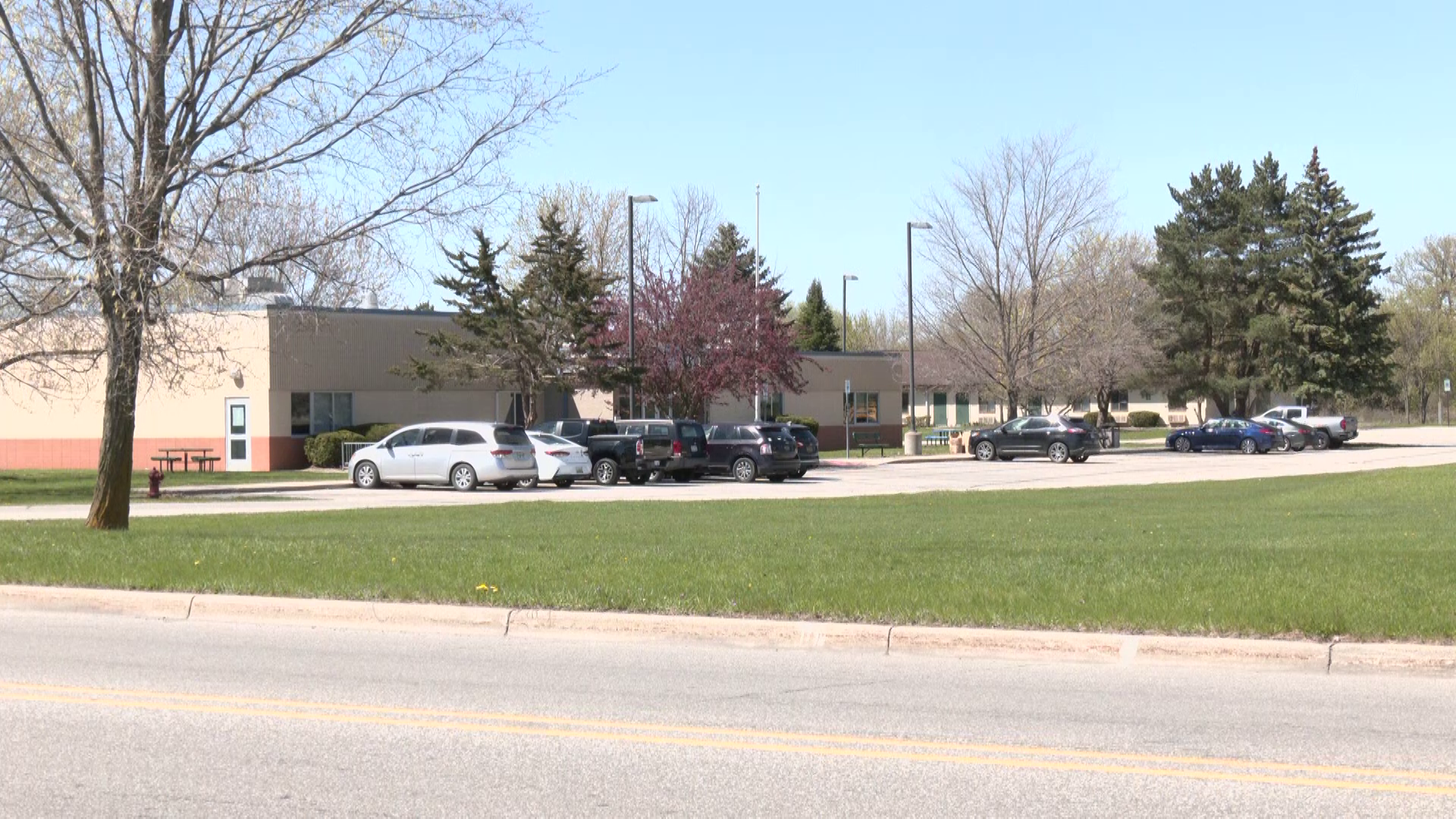

“Do you ever get women who say, ‘I can’t do it?’”
That was one of a heap of questions I had for Araya Montero, a midwife living and working in Traverse City.
The World Health Organization has deemed 2020 the Year of the Nurse and the Midwife, and for good reason. Nurses and midwives play a crucial role in helping a mother through pregnancy and birth and provide so much more than medical support alone.
Araya is a born and raised Yooper. She grew up in Sault Ste. Marie with a large extended family. Having such a big family inspired her to want to work with families. She ultimately grew drawn to pregnancy and birth; the building blocks to creating family.
“I always knew I wanted to work in that realm. When I was 10 to 16 I volunteered for a breastfeeding advocacy group. I loved the community of it, the science of it. The herstory of birth.”
Midwifery was used as the main protocol for births in the United States up until about 120 years ago.
“Midwives were basically eradicated out of this country in the 1900s. OBs and physicians had big slander campaigns against midwives, saying that they’re dirty and untrained.”
Untrained couldn’t be further from the truth. Araya spent 4 years studying midwifery, receiving her Bachelors in the practice.
“It wasn’t until I was a teenager that I realized what a midwife was. I didn’t know that they still existed and that it was a career you could do.”
Araya and other trained midwives go through an education where they’re trained how to support a pregnant woman spiritually, emotionally and of course, physically.
“I’m trained to manage a lot of emergencies like hemorrhages, resuscitation. But, if they come outside of my scope we go to the hospital.”
With a midwife, care starts at the beginning of the pregnancy, just like it would be with any other healthcare provider.
“I do all of their lab work, their ultrasound, all that kind of stuff. The main difference there is I do hour-long appointments, at the OB you get 10 minutes.”
When labor starts to come on, Araya will go to the patient’s home. She has been in situations where it was a quick, one hour labor, and she has been in situations where labor has been over 10 hours. Each situation is different.
Homebirth is not for those who want to use an epidural.
“The only pain management that we use are comfort measures. So, the birth tub is amazing for people. Massage, changing positions, something that alleviates a lot of pain is just being in your own space. Going to sit on your own toilet, eating your own food.”
A unique feature of homebirth is the intimacy it creates between loved ones. The dynamic of birth changes when you’re in your own space and know all of the people in the room. Private moments are kept private.
“Everybody wants something different from midwifery care. I’ve had people say that their partner is going to be in the other room. Other people, their partner catches the baby.”
She likes giving families the option to be the first person to touch the baby and has had fathers and siblings catch the baby when it’s born.
The post-birth process is the same as it would be in the hospital. The lungs are cleared, the baby is weighed and cleaned, and the birth is documented. Araya has follow-up appointments with the mother for six weeks to make sure the baby is happy and healthy, but also, that the mother is too.
“I come to their house on day one, three, seven and they come to my office at two weeks and six weeks.”
A midwife is not to be confused with a doula. Araya can work as a doula as well, and sometimes midwives and doulas are used in tandem, but doulas are used to provide emotional support for the woman in labor. A doula has not gone through the same training as a midwife and does not deliver babies, although they’re great for creating a supportive environment during labor.
Araya has never had two patients go into labor on the same night, but if it ever happens she’ll be set. She works with a partner midwife, and together they split up covering northern Michigan. As for women who say they can’t do it while giving birth?
“Almost everybody says, ‘I don’t know if I can do this,’ and that’s almost a sure sign that their baby’s about to come out. You’re doing it.”


© 2023 - 910 Media Group





